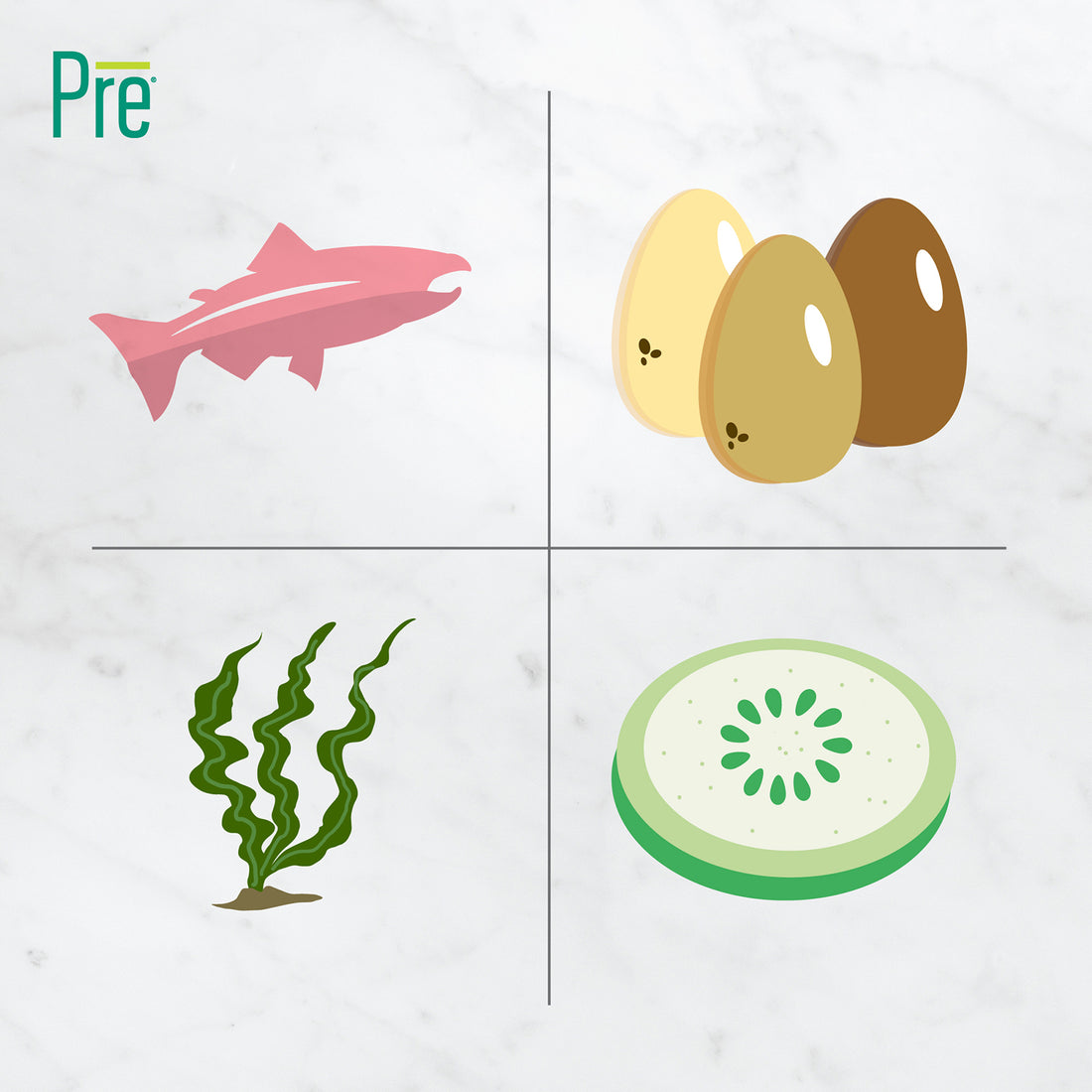
Grocery Shopping for Non-GMO Foods & Beverages
So you’ve decided you want to avoid GMOs in your diet and in what you serve your friends and family. But as you know, product labels can be confusing!
If you want help navigating the meat label – because it’s confusing enough on its own – be sure to check out our video and Quality Manager Julie Divis’s meat label breakdown. If you want to learn how to identify GMOs in meat and other products on grocery store shelves, read on.
Let’s go shopping
Firstly, shopping for non-GMO foods in the United States is tough. That’s because there is no current U.S. law requiring companies to clearly label GMOs on their products.
As part of our mission of 100% transparency, Pre is Non-GMO Project Verified – a third-party certification that consumers can trust and easily identify. You can search for other Non-GMO Project Verified brands and products here. But this certification is voluntary, so it’s important to remember that not all non-GMO products have it. That means that foods and beverages without a non-GMO label may or may not contain GMOs – you can’t tell just by looking at the front of the package.
So, for products that are not Non-GMO Project Verified, how on earth do you decide what to buy?
Before your next shopping trip, arm yourself with a bit of knowledge about what foods, beverages, and ingredients in our food system commonly contain GMOs. Please don't avoid these foods – the list is too long and filled with nutritious foods to do that! There are non-GMO varieties of these foods out there – you just may have to look into their sourcing and production methods before putting them in your cart.
Foods & Beverages that often contain GMOs
To help you tackle the grocery store with non-GMO confidence, the Non-GMO Project has classified 8 crops as “high-risk” based on the commonness of their genetically modified varieties and their significant availability in the marketplace. These are foods for which, if you’re looking to buy them, you might need to do a little extra digging to determine if they’re genetically modified:
- Corn
- Soy
- Canola
- Cotton
- Sugar beets
- Alfalfa
- Papaya
- Zucchini and summer squash
GMOs can also show up in other places you might not expect, which means you must make yourself aware when shopping. Here are foods to examine closely, in order to find out if they contain GMOs:
COMMON GMO CATEGORIES
ANIMAL PRODUCTS
Livestock, bee, and aquaculture feed are at high risk of being genetically engineered.
eggs, honey, meat, milk, seafood
PROCESSED INPUTS
GMOs can present in foods as processed derivatives or inputs from genetically engineered crops and microbes, through synthetic biology.
corn syrup, flavorings, hydrolyzed and vegetable proteins, molasses, sucrose, vitamins, yeast, algae, sweeteners, milk proteins, egg proteins
MONITORED CROPS
Many foods and ingredients are at high risk of contamination from existing genetically engineered crops or are known to have genetically engineered versions in development.
apples, flax, mushroom, mustard, oranges, pineapples, potatoes, rice, salmon, sugarcane, tomatoes, wheat, turnips, bok choy, chard, rutabaga, beets, squash
Source: nongmoproject.org
For more information about GMOs and the Non-GMO Project, visit Pre is Non-GMO Project Verified or nongmoproject.org.



